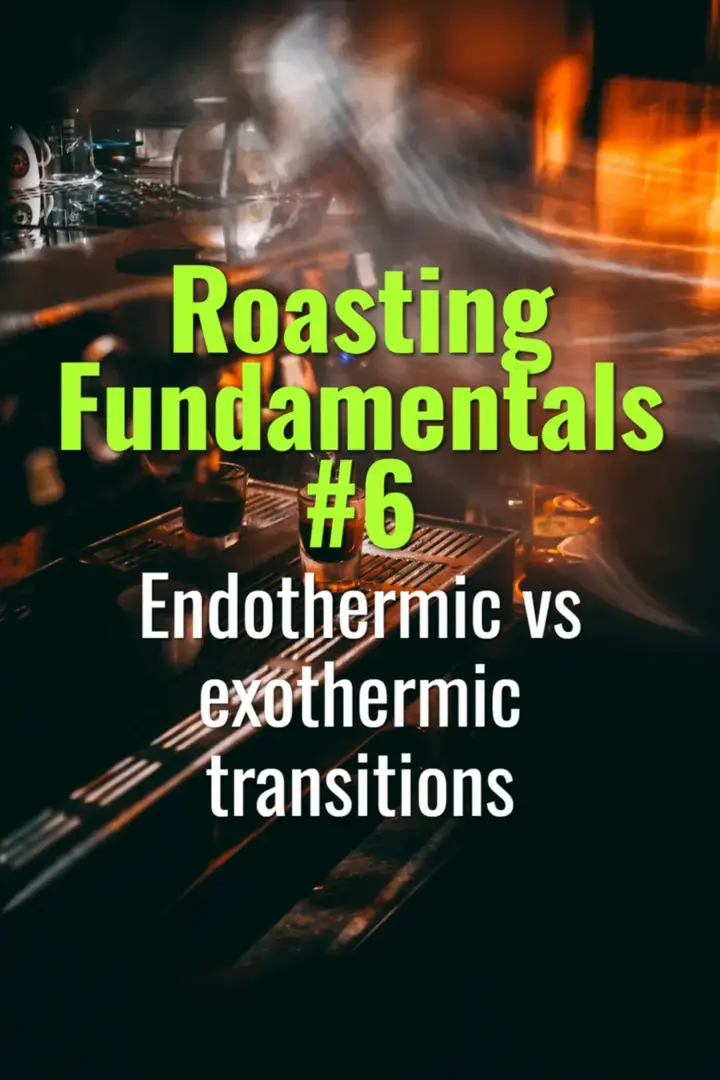
Endothermic vs exothermic transitions
This topic explains the thermal events during coffee roasting, highlighting the difference between endothermic and exothermic reactions, and how these affect roast control and flavor development.

This topic explains the thermal events during coffee roasting, highlighting the difference between endothermic and exothermic reactions, and how these affect roast control and flavor development.
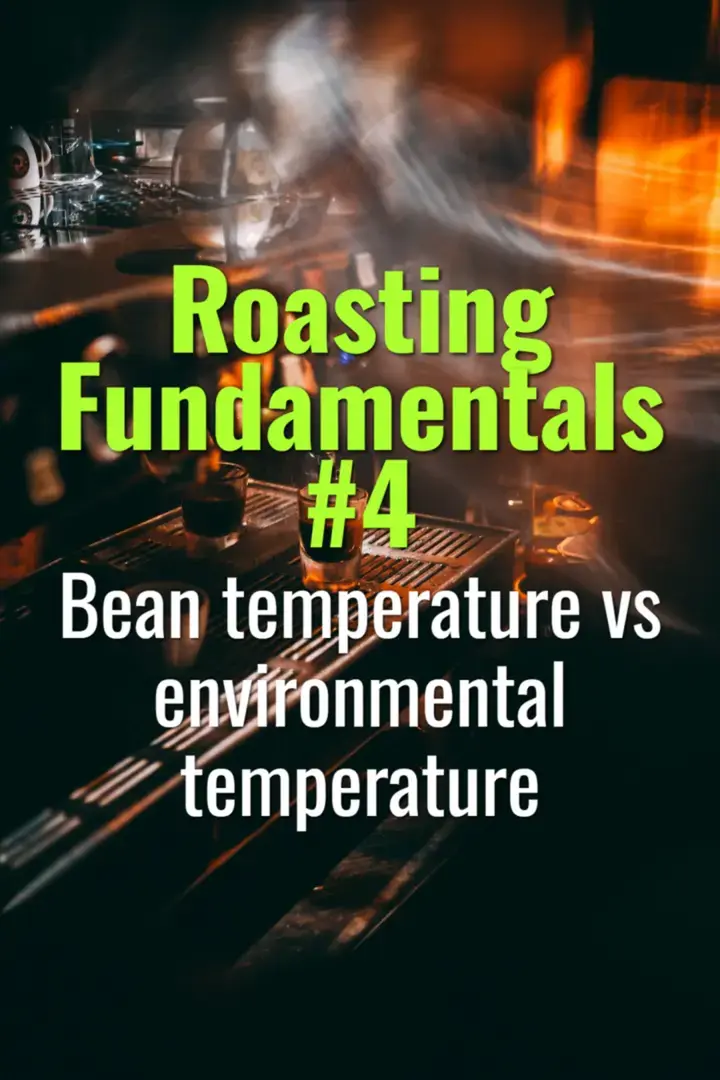
This topic explains the relationship between the bean temperature and the surrounding environment during roasting, how heat transfer affects roast development, and why monitoring both is essential.
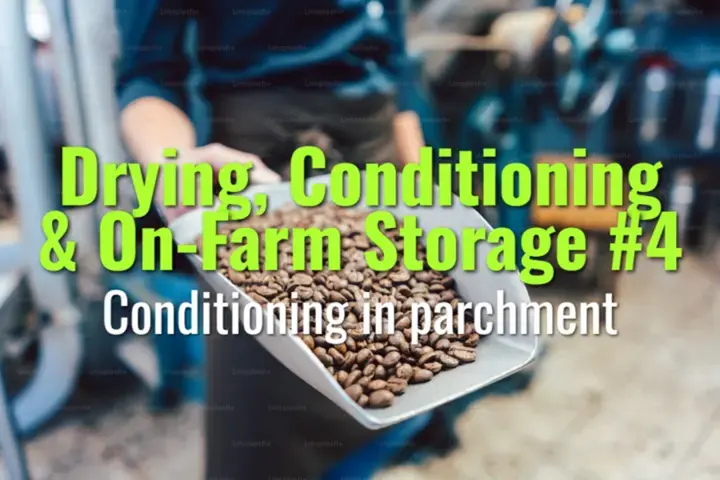
This topic explains the role of conditioning in parchment coffee after drying, how it stabilizes beans before hulling, and why this step is vital for flavor consistency and market quality.
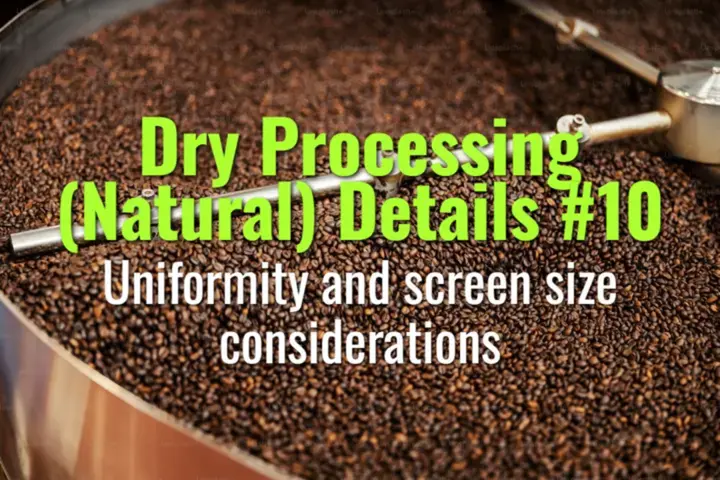
This topic explains why uniformity and screen size are important in natural (dry) coffee processing, how they are managed, and their influence on cup quality and market grading.
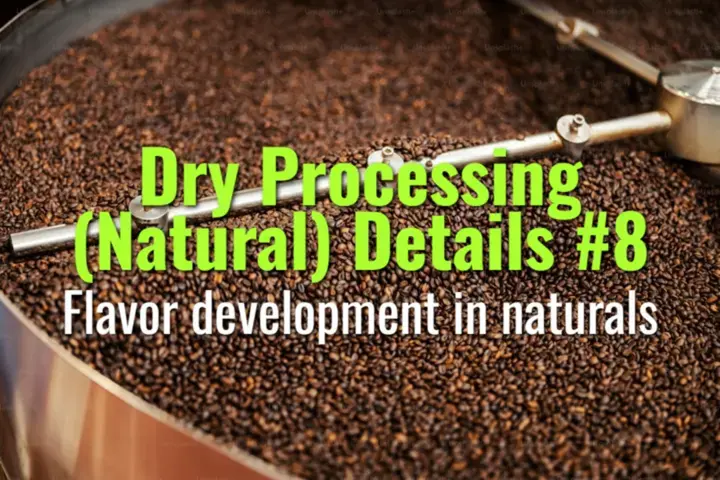
This topic explains how flavor develops in natural (dry) processed coffees, the factors that influence it, and why naturals are known for their fruit-forward, complex profiles.
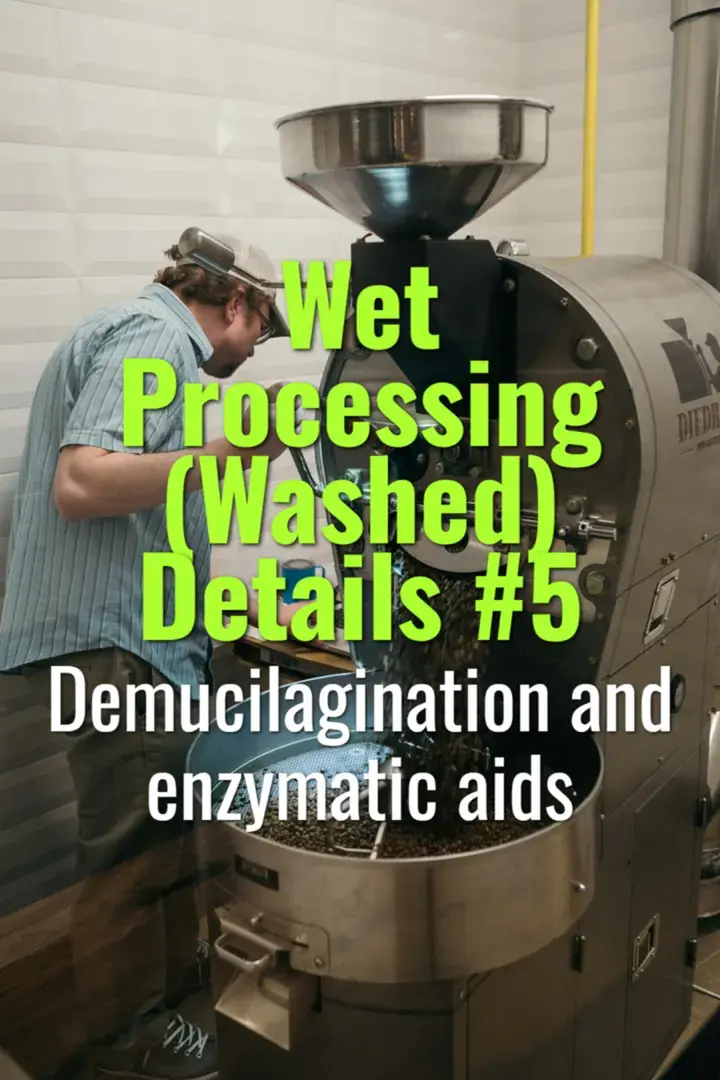
This topic explains demucilagination—the removal of mucilage from coffee beans—through mechanical and enzymatic methods, comparing them with traditional fermentation and highlighting their impact on efficiency and flavor.